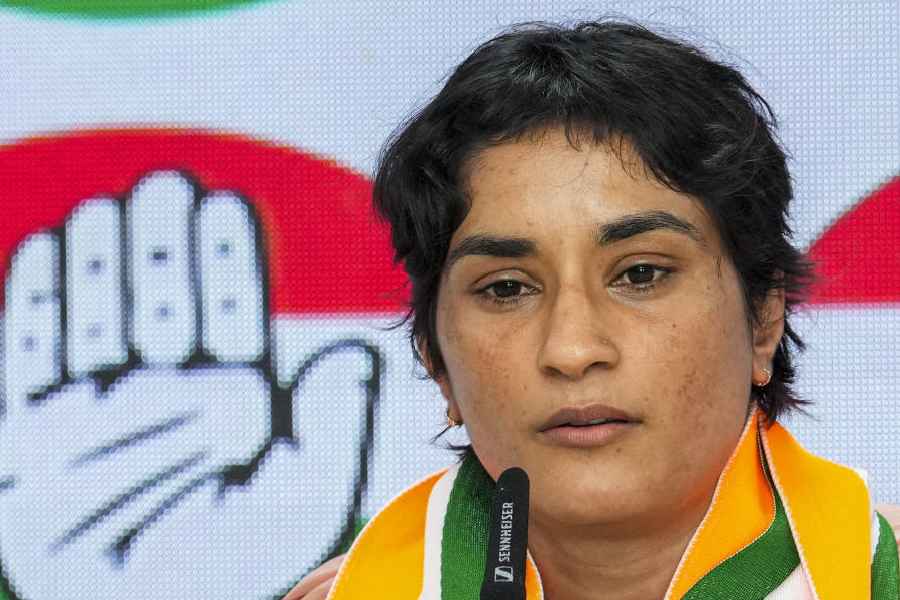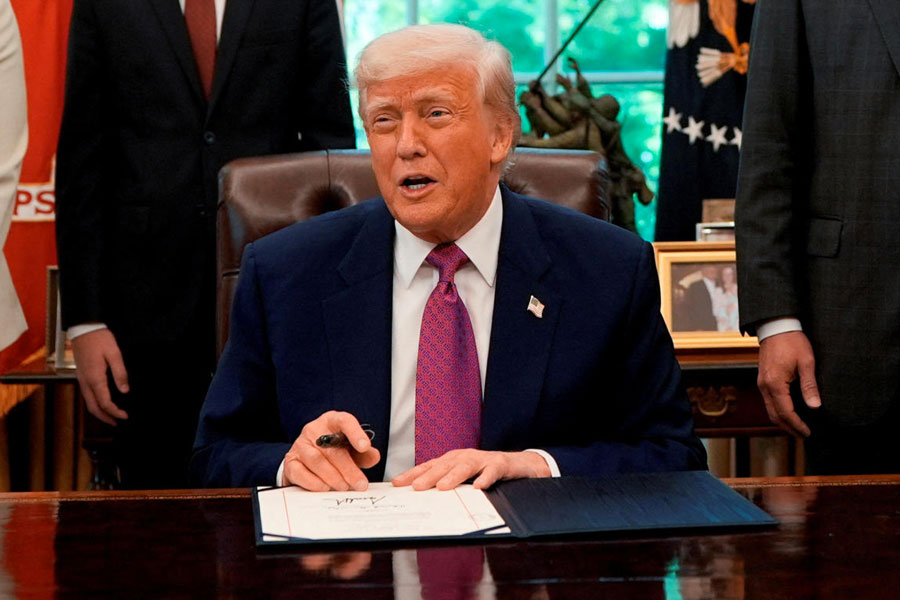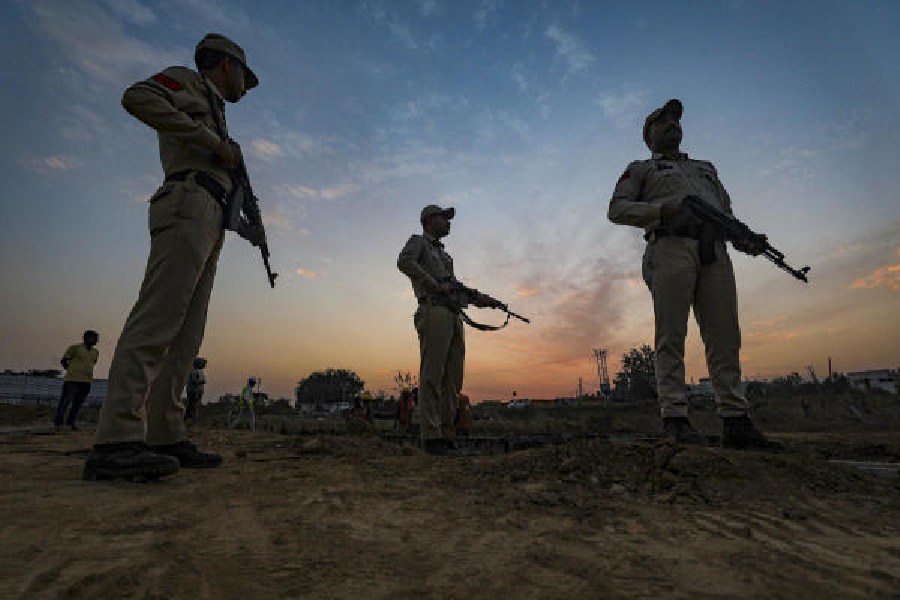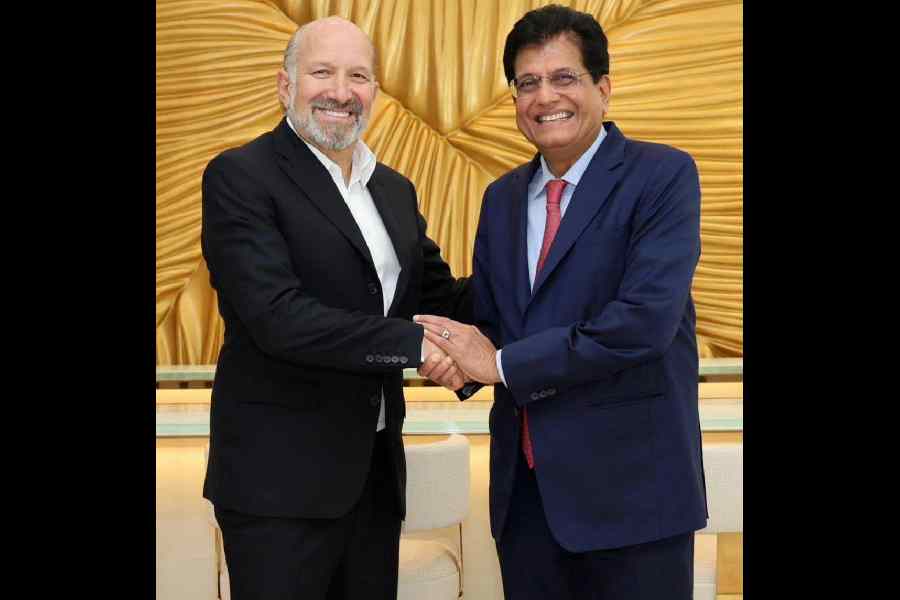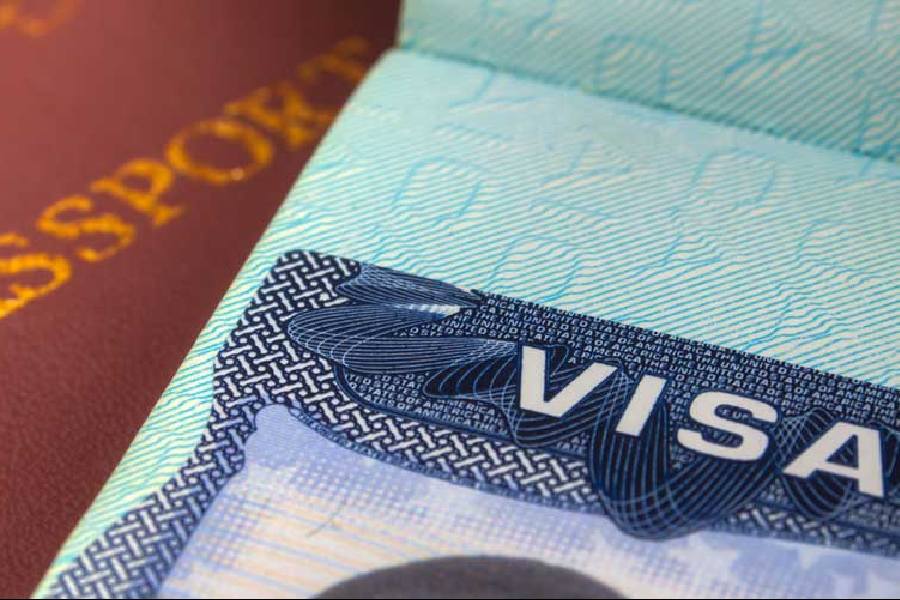REBUTTAL

Recently, the government has been tracking down "fake doctors" in West Bengal, Karnataka and Andhra Pradesh. And judging by a report published exactly one year ago by the World Health Organisation, it was high time such untrained medical practitioners were brought to book. In its report, WHO says that 57 per cent of the people who claim to hold an MBBS degree in India actually have no medical qualification and 31 per cent have only been educated up to Class X. The worst hit are the rural areas - only 19 per cent of doctors practising there actually passed out of a medical college. These figures give an indication of just how many quacks have penetrated the Indian healthcare system - and that they are concentrated in rural areas.
The recent government raids have uncovered only the tip of the iceberg; according to a BBC report, in West Bengal alone - that has a population of 90 million - there are more than 1,00,000 untrained medical practitioners. Mind you, not all these quacks have fake MBBS degrees, some of them hold degrees in alternative medicine. A doctor of alternative medicine who practices modern medicine is also a quack.
According to a Supreme Court ruling in 1996, a person who does not have knowledge of a particular 'system of medicine' but practices in that 'system' is a quack and a mere pretender to medical knowledge or skill, or to put it differently, a charlatan. The Indian Medical Council Act 1956 states that any person who acts in contravention of any provision of the law can be punished with imprisonment for upto to one year or with fine which may extend to one thousand rupees, or with both. A case can also be lodged against those who pretend to be a doctor under Section 420 ( for cheating) of the Indian Penal Code.

A certain section of doctors are of the opinion that training these quacks - and asking them to call themselves healthcare providers, not doctors - may mitigate the acute shortage of doctors in India (doctor to patient ratio is in India is 0.7:1000 while the WHO recommendation is 1:1000.) to a certain extent. They believe training rural quacks about the rational use of medicine and scientific treatment can solve scarcity of doctors (KnowHow, June 26). Their argument is that not all diseases need to be diagnosed and treated by a qualified doctor, trained quacks can diagnose and treat a large number of common afflictions. This is pure sacrilege!
Last December, a botched surgery by a quack led to the death of a pregnant woman in Hazaribagh. Off the record, one of the doctors who conducted the postmortem on her said to a reporter of this daily that not even a first year student of MBBS would have made the mess the quack made. Last October, a quack from the Gopabandhupalli area in Rourkela prescribed medicine to a child who had fever. The child died after consuming it. In 2015, two quacks were sentenced to prison for seven years by a Salem court after being found guilty of a botched surgery on a young woman. This was a rare case. According to an article published last year in the British Medical Journal, despite police complaints legal action is seldom taken against quacks in India as they often have connections with influential people.
A study published last year in the journal BMJ Open has found that 75 per cent of employees at rural pharmacies in India practiced as quacks. They were dispensing antibiotics to rural people (who did not have access to a doctor) randomly and indiscriminately. This promotes antibiotic resistance, unfortunately most of these pharmacists had very limited knowledge of antibiotic resistance. According to the study, 50 per cent of them could not even define "antibiotic" properly.
Training quacks to act as healthcare workers will not thwart quackery but encourage it. To become a doctor, you have to go through a rigorous scientific process, both theoretical and practical. The same result cannot be obtained with a crash course, overnight training or workshop. The argument that these quacks have a lot of experience because they have been seeing patients for a long time does not stand because they never learnt how to clinically observe and evaluate patients.
Besides, due to inadequate assessment skills, quacks often refer patients to urban hospitals too late, after the golden hour or window of effective treatment protocol is over. Quacks also refer patients unnecessarily to urban hospitals, even for minor ailments, increasing the patient load in the hospitals.
If quacks are trained, even to be half-doctors, it could be dangerous for Indian healthcare because rural Indians - the target patients of these trained quacks - are not educated enough to be able to differentiate a trained quack and a doctor.
More importantly, in a country like India where protocol based treatment is significantly less common, no short course or training would be able to set a boundary for quacks on where to stop treatment and refer the patient. Judging and assessing a patient is important in medical practice, but because there are no systematic guidelines in place, there is no way this skill can be taught, quickly or otherwise, to unqualified medical practitioners.
The Indian Medical Association (IMA) is working against the promotion and activities of quacks in India. If any doctor comes across a quack, the IMA advises him or her to inform the police, district authorities and the IMA.
While quacks may be trained to assist doctors - give injections or saline, measure blood pressure, record temperature, assist in operations - the only way to improve the doctor patient ratio in this country is to create more MBBS seats and give doctors who work in rural areas special incentives, which includes a good salary, security, personalised transport, decent accommodation and food.
Dr Bagcchi is a physician who writes for many international medical journals


